Buy the photo Panorama of forest area in Drentsche Aa in Drenthe by Jan van der Vlies on canvas, ArtFrame, poster and wallpaper, printed on demand in high quality.
About "Panorama of forest area in Drentsche Aa in Drenthe"
by Jan van der Vlies
About the artwork
The Strubben-Kniphorstbosch in Drenthe
De Strubben-Kniphorstbosch (often written as Strubben-Kniphorstbosch) is a beautiful nature reserve of about 377 hectares, located between the villages of Anloo and Schipborg in the province of Drenthe, the Netherlands. It is part of the Nationaal Beek- en Esdorpenlandschap Drentsche Aa and is managed by Staatsbosbeheer. This area is unique for its rich history and varied landscape, and it is the only archaeological reserve in the Netherlands. It is an ideal destination for hikers, nature lovers and history buffs.
The forest originated in the second half of the 19th century as an estate with straight lanes and 'tree acres', but grew into a diverse forest with deciduous and coniferous woodland.
The area has over 5,000 years of habitation. Prehistoric peoples lived, hunted and buried their dead here, leaving traces such as burial mounds, settlements and dolmens. In the Middle Ages, the Galgenberg was used as a gallows place for executions. Until 2006, it was a military training area of the Ministry of Defence, after which it was transferred to the Forestry Commission and protected as a nature and archaeological area. In 2000, it was designated as the largest archaeological monument in the Netherlands.
The area offers a varied landscape: dense oak and beech forests, open heathlands, parabola dunes (remnants of old sand drifts) and transitions to ash land. You will find typical Drenthe elements such as cart tracks, strub forest and meadows along the Drentsche Aa. The gnarled oaks form iconic silhouettes, and the area is rich in flora and fauna, including birds, insects and wildflowers.
- Archaeological highlights: More than 100 burial mounds from all prehistoric periods, including the imposing Galgenberg. There are two dolmens (prehistoric megalithic tombs) and remains of settlements.

About Jan van der Vlies
As a schoolboy, I sat with my father in the darkroom to print class photographs in black and white. As a reward I got some pocket money. This is where love for photography came into being, and that is how I learned the art in the analogue age.. Read more…
 Netherlands
Netherlands Ordered in September 2020
Ordered in September 2020
 Germany
Germany Ordered in July 2019
Ordered in July 2019
 Germany
Germany Ordered in October 2019
Ordered in October 2019
 Germany
Germany Ordered in March 2022
Ordered in March 2022
 Germany
Germany Ordered in October 2019
Ordered in October 2019
 Netherlands
Netherlands Ordered in August 2021
Ordered in August 2021
 Germany
Germany Ordered in January 2021
Ordered in January 2021
 Netherlands
Netherlands Ordered in August 2024
Ordered in August 2024
 Germany
Germany Ordered in June 2020
Ordered in June 2020
 Netherlands
Netherlands Ordered in July 2023
Ordered in July 2023
 Germany
Germany Ordered in July 2020
Ordered in July 2020
 Netherlands
Netherlands Ordered in November 2021
Ordered in November 2021
About the material
ArtFrame™
Interchangeable Art Prints
- High-quality print
- Easily interchangeable
- Acoustic function
- Large sizes available
Discover the artworks of Jan van der Vlies
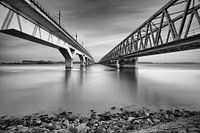 Moerdijk Railway bridges over Hollands DeepJan van der Vlies
Moerdijk Railway bridges over Hollands DeepJan van der Vlies Heinenoord bicycle tunnel underneath De Oude MaasJan van der Vlies
Heinenoord bicycle tunnel underneath De Oude MaasJan van der Vlies Zeeland BridgeJan van der Vlies
Zeeland BridgeJan van der Vlies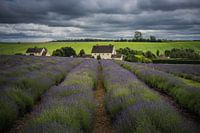 Lavender field in Snows Hill England in the CotswoldsJan van der Vlies
Lavender field in Snows Hill England in the CotswoldsJan van der Vlies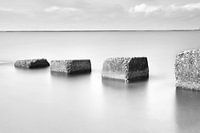 Concrete blocks leading into the seaJan van der Vlies
Concrete blocks leading into the seaJan van der Vlies Water barrier Hagestein Discharge ComplexJan van der Vlies
Water barrier Hagestein Discharge ComplexJan van der Vlies Forth railway bridge Edinburgh, ScotlandJan van der Vlies
Forth railway bridge Edinburgh, ScotlandJan van der Vlies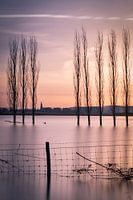 Italian poplars in the CrezeepolderJan van der Vlies
Italian poplars in the CrezeepolderJan van der Vlies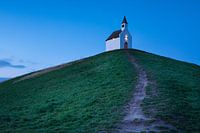 Church on a moundJan van der Vlies
Church on a moundJan van der Vlies Church on a moundJan van der Vlies
Church on a moundJan van der Vlies Bathing jetty at the GrevelingenmeerJan van der Vlies
Bathing jetty at the GrevelingenmeerJan van der Vlies Outlet of polder pumping station in the Grevelingen in the province of Zeeland, the NetherlandsJan van der Vlies
Outlet of polder pumping station in the Grevelingen in the province of Zeeland, the NetherlandsJan van der Vlies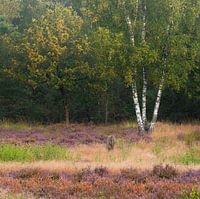 The birch tree is the first to announce autumn, amidst the still blossoming heather.Jan van der Vlies
The birch tree is the first to announce autumn, amidst the still blossoming heather.Jan van der Vlies Panorama in the forest of the dancing trees, the Speulderbos in the NetherlandsJan van der Vlies
Panorama in the forest of the dancing trees, the Speulderbos in the NetherlandsJan van der Vlies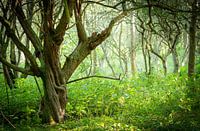 An oak forest with light mist in the Oranjezon nature reserve in ZeelandJan van der Vlies
An oak forest with light mist in the Oranjezon nature reserve in ZeelandJan van der Vlies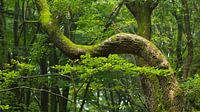 The forest of the dancing trees, the Speulderbos in the NetherlandsJan van der Vlies
The forest of the dancing trees, the Speulderbos in the NetherlandsJan van der Vlies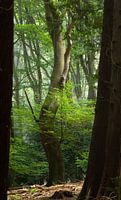 Dancing tree in the Speulderbos in the NetherlandsJan van der Vlies
Dancing tree in the Speulderbos in the NetherlandsJan van der Vlies Wind farmJan van der Vlies
Wind farmJan van der Vlies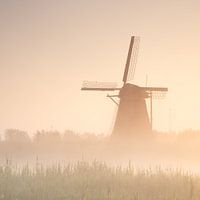 Kinderdijk in the fogJan van der Vlies
Kinderdijk in the fogJan van der Vlies Kinderdijk in the fogJan van der Vlies
Kinderdijk in the fogJan van der Vlies






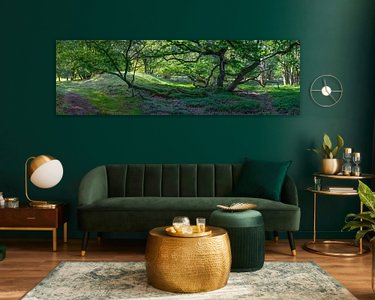



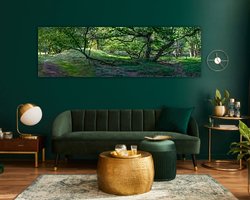


 Drenthe
Drenthe Forest
Forest Landscape photography
Landscape photography Oak
Oak Panorama photography
Panorama photography Photo wallpaper
Photo wallpaper Photography
Photography Serene Peace
Serene Peace The Netherlands
The Netherlands









